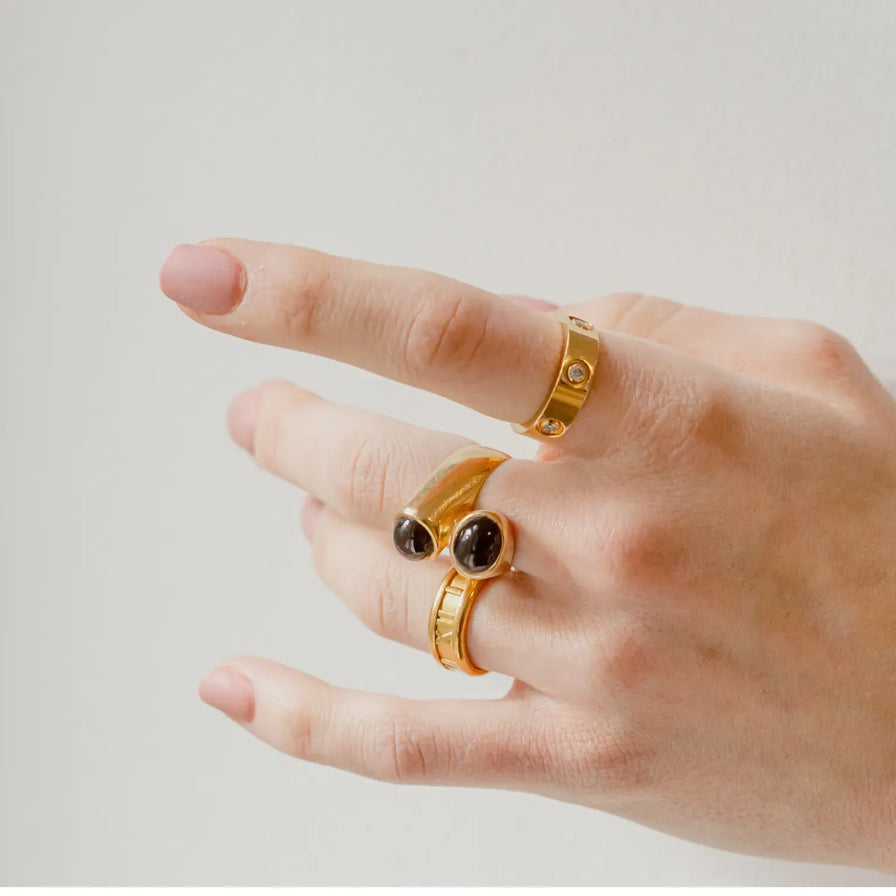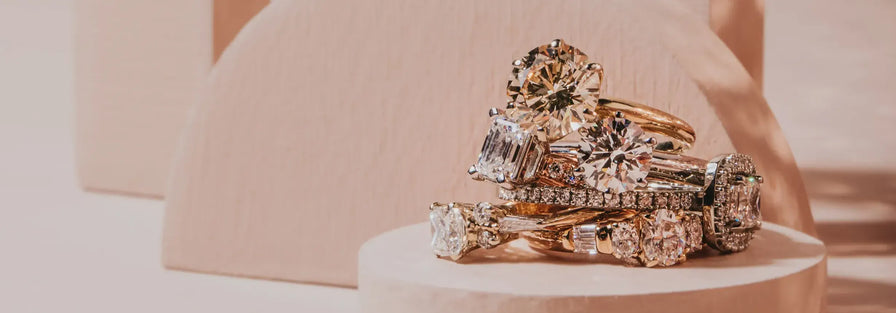When you think of the colour green, you think of nature, beauty, and of course, emeralds. Emeralds have been viewed as a sign of wealth and royalty for centuries, sometimes even rivalling the rarity and value of a diamond if you can believe it! Being one of the four recognized gemstones along with rubies, sapphires, and diamonds, emeralds have quite a rich and vibrant history. Here are some interesting facts you may not know about emeralds:
- Emerald is the birthstone for May and is seen as the traditional gift for the 20th, 35th and 55th wedding anniversaries in the US.
- Emeralds are made from Beryl, just like aquamarine and they get their green colour from chromium and vanadium.

- The most important factor that determines the value of an emerald is its colour. The most desirable colour of emerald is a vivid green, or a blueish green with even saturation throughout and no colour zoning. A very high-quality emerald is quite clear and isn’t too dark or too light. If an emerald is too light of a shade of green, some gemologists might not even consider it to be an emerald!

- Emeralds are quite expensive to set into jewellery. The reason behind this is that they are very susceptible to chipping. Emeralds are set at around a 7.5 to an 8 on the Mohs Scale of Hardness, whereas a diamond is graded at a 10.
- Most emeralds will have some type of internal inclusion, usually quite visible to the naked eye. Naturally internally flawless emeralds are incredibly rare and can be worth quite a bit of money, sometimes even more than a diamond!
- Typically, emeralds will be treated with oil to help fill in any cracks and to help prevent any unintentional chipping or cracking.

- Columbia yields some of the finest emeralds in the world and is responsible for mining over 50% of all emerald production worldwide! The other two top countries they come from are Brazil and Zambia.
- Synthetic emeralds were first created in 1935 by an American chemist by the name of Carroll Chatham. She successfully grew a one-carat emerald that is now on display in the Smithsonian museum.
- A one-carat emerald will appear larger than a one-carat diamond. This is because emeralds have a much lower density than diamonds.

- The first known emerald mines were in Egypt, dating back as early as 330 BC. Cleopatra was said to love emeralds so much that one of the most prominent mines in Egypt is named after her.

- Elizabeth Taylor’s famous Bulgari emerald and diamond pendant necklace sold in auction for 6.5 million dollars in 2011. That equals out to about $280,000 per carat!
Looking to add some gorgeous emeralds to your collection? Take a look at our amazing collection of emerald jewellery!


